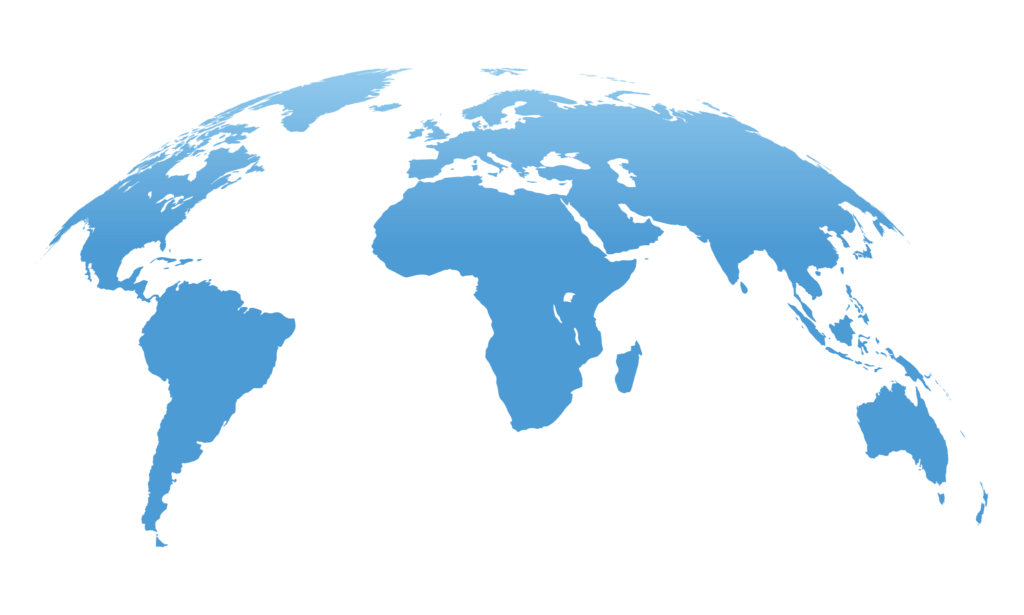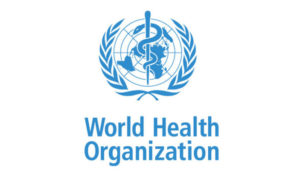Anand Iyer, PhD, MBA, is a global digital health leader widely known for his experience and expertise with technology, strategy and regulatory policy. He’s considered a visionary in this field and has played important roles using his novel thinking and deep expertise to move the field of digital health forward. He’s a founding member of the board of directors for the Digital Therapeutics Alliance (DTA). Dr. Iyer is Welldoc’s Chief Strategy Officer.
Dr. Iyer shares details of the World Health Organization’s (WHO) resolution on Digital Health and his perspective on its impact on the momentum of digital health around the globe in this Insights interview.
Welldoc: How did you become aware of the World Health Organization (WHO)* resolution on digital health?
Dr. Iyer: This was brought to my attention by two colleagues observing this development for populations in Australia, New Zealand and Polynesia – all who are experiencing an exponential rise in their incidence of type 2 diabetes, hypertension, and other obesity-related chronic diseases. I’m aware from colleagues in India that their prime minister has challenged health care experts there to weave the use of digital health into the fabric of care delivery across this vast and diverse country. I’m also aware that delegations from Latin, Central and South America need to build capacity to implement digital health solutions to deal with the health and economic impacts of chronic diseases.
*WHO is a specialized agency of the United Nations (UN) that serves internationally as the coordinating authority on public health.
Welldoc: What were the stepping stones that led to this WHO resolution?
Dr. Iyer: A number of current realities. For one the economic cost of health care is skyrocketing. This is true in developed and underdeveloped nations like India, China and Sub-Saharan Africa. The sheer magnitude and velocity of health and related economic concerns gave birth to this WHO resolution with a greater sense of urgency than ever before.
Population growth is quickly becoming a societal problem. Within the next decade there will be a tsunami of people hitting the age of 55 and they’re generally not a healthy population. As an example, China will face this the most (with their one-child policy). At the same time, there are other factors at play. For example, the transition in the last 20 years in countries such as India and China from an agro-dominated society to a more services-oriented economy and an increased adoption of the Western lifestyle – sedentary jobs, unhealthy foods, disposable income – has led to this exponential rise of costly chronic diseases.
Welldoc: What are actions countries need to take place to make this WHO resolution successful?
Dr. Iyer: Firstly, countries need to get a baseline of the true incidence of chronic diseases and their economic indicators. We know in the US and in underdeveloped countries the number of undiagnosed people with common chronic diseases, from diabetes to hypertension, is twice that of the estimated diagnosed population. To determine this baseline, countries must account for key determinants like geography and socioeconomic factors. They need to understand the patterns and correlations between excessive costs and disease incidence. For example, in the US we know that the obesity and type 2 diabetes belts are more prevalent in the southeast compared to states in the northwest and northeast.
Secondly, countries need to develop a roadmap for success and set meaningful objectives to define what, for their country, would achieve significant impact. They need to think through how to deploy digital health tools to gather critical data. Next they need to determine how they’ll structure and organize data to demonstrate progress. Utilization of digital health therapeutics can drive the type of data they need to collect. An underlying objective of WHO members is to increase the use of digital health technology to not just bridge the digital divide but to close it. This is on the top of everyone’s list of macroeconomic objectives.
Welldoc: What are the key details of this new WHO resolution on digital health?
Dr. Iyer: In mid-2018 the 71st World Health Assembly of the WHO unconditionally adopted the digital health resolution initiated by India and co-sponsored by 20 other countries. (Within WHO the World Health Assembly is the highest decision-making body in the organization.1)
The resolution’s features are:2,3
- Constitutes an initial step to integrate the utilization of digital health interventions including the use of deep machine learning, artificial intelligence, the internet of things (IoT) along with other emerging areas such as genomics.
- Draws attention to the significant potential of digital health and related technology as an important element in the infrastructure of the accessibility, quality and affordability of health services.
- Recommends WHO member states prioritize the development and increased use of digital technologies in the delivery of health care with the goals of moving the global health agenda forward.
- Provides WHO the opportunity to develop a global strategy for digital health, to identify priority areas and to encourage member states to align their country’s health systems with this global digital health agenda.
- Requests member states identify their priority areas in which they would benefit from assistance from WHO including digital health services and applications, data security and ethical and legal issues.
Welldoc: What changes or actions do you think will be an outgrowth of this WHO resolution? How will it impact the digital health arena?
Dr. Iyer: Firstly, new policies must be put into place to allow digital health technologies to flourish. In the US we’re seeing these changes with new reimbursement codes for Remote Patient Monitoring. Availability of these codes will have a tectonic effect on the use of digital health solutions. Everyone will be rushing to implement them in practice. But their increased availability will also raise concern for lawmakers and regulators for fraud, abuse and waste. Policies will need to embrace the adoption of reimbursement codes and practitioners will need to judiciously integrate digital health solutions into their clinical work flow.
Secondly, interoperability has to rise to the top. We simply can’t be stuck in a world where people start to amass terabytes of data that are held in silos and don’t add insights as to how a population is becoming healthier or less healthy. We need responsible ‘data stewardship’ because with the use of numerous digital technologies we’ve unleashed the IoT. As you add more data points the volume of data grows exponentially which increases the complexity of data management making data stewardship very difficult.
Thirdly, is economics. WHO caters generally to underdeveloped countries. Regarding health care in these countries this translates to affordability and accessibility. Accessibility has two dimensions. One is geographic. Can I reach rural areas? The second is literacy accessibility. Do individuals in these areas have literacy accessibility — are they literate enough to adopt a digital health tool? On affordability the question is what is the cost of the digital health technologies and the cost of delivering the tools to and implemented by a large swath of people. The cellular network is already there so the big task is to leverage the existence of digital health tools. You’re not adding extra costs with digital health technologies. It’s just software. You’re actually unlocking untold value to the masses of people in need.
Welldoc: Will there be required milestones or progress reports built into this WHO resolution? What are they?
Dr. Iyer: In WHO’s draft proposed resolution, there are eight requests of the WHO Director-General including the submission of a report to the 73rd World Health Assembly in 2020 documenting the implementation progress.2
I’m going to be tough responding to this. One consistent problem with global organizations is that they’re not held accountable like a corporate board holds a CEO. There’s no punishment for failure. Yes, they’ll likely publish a report. But it may not likely adhere to the proposed schedule, as governments move slowly.
Welldoc: Do the goals of this WHO resolution sync up with the work you and Welldoc are engaged with?
Dr. Iyer: Yes, I think Welldoc can have an impact. For example, if we do a large program with a Medicaid population and we have outcomes at a state level, this could snowball to Medicaid programs and populations across the US. The converse could also occur. WHO’s work can also help Welldoc. For example, if WHO were to do a pilot digital health program in six countries and at the conclusion chose a few successful digital health solutions, Welldoc may be one of them. Thus, there’s potential for a strong symbiotic relationship between achievement of the objectives of the WHO digital health resolution and Welldoc’s continued delivery of innovations.
References:
- GKToday Current Affairs. WHO adopts resolution on digital health proposed by India. https://currentaffairs.gktoday.in/tags/resolution-on-digital-health. Accessed November 8, 2018.
- World Health Organization. Digital Health (draft proposed resolution) https://apps.who.int/gb/ebwha/pdf_files/WHA71/A71_ACONF1-en.pdf. Accessed November 8, 2018.
- World Health Organization. mHealth – use of appropriate digital technologies for public health https://apps.who.int/gb/ebwha/pdf_files/WHA71/A71_20-en.pdf. Accessed November 8, 2018.





